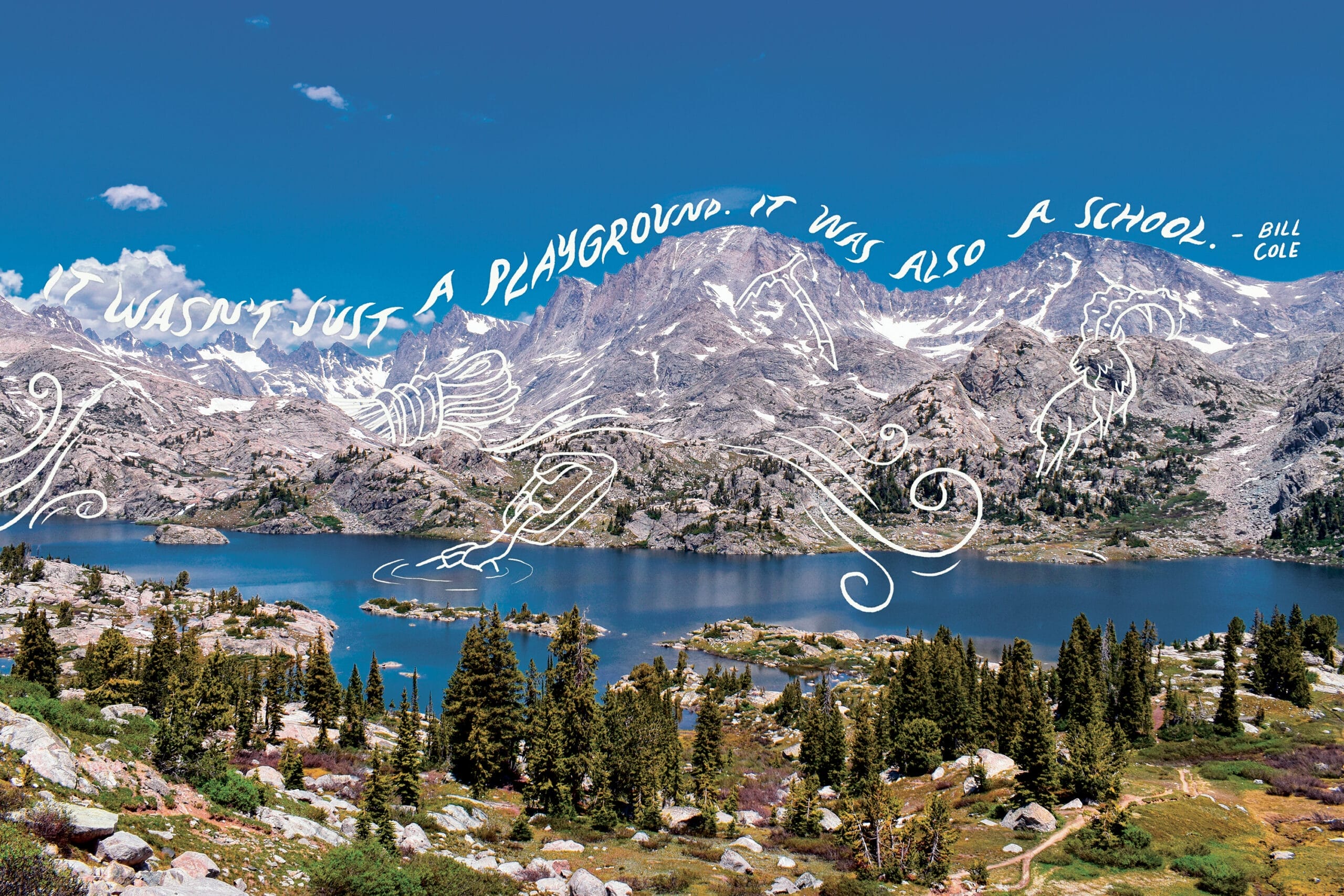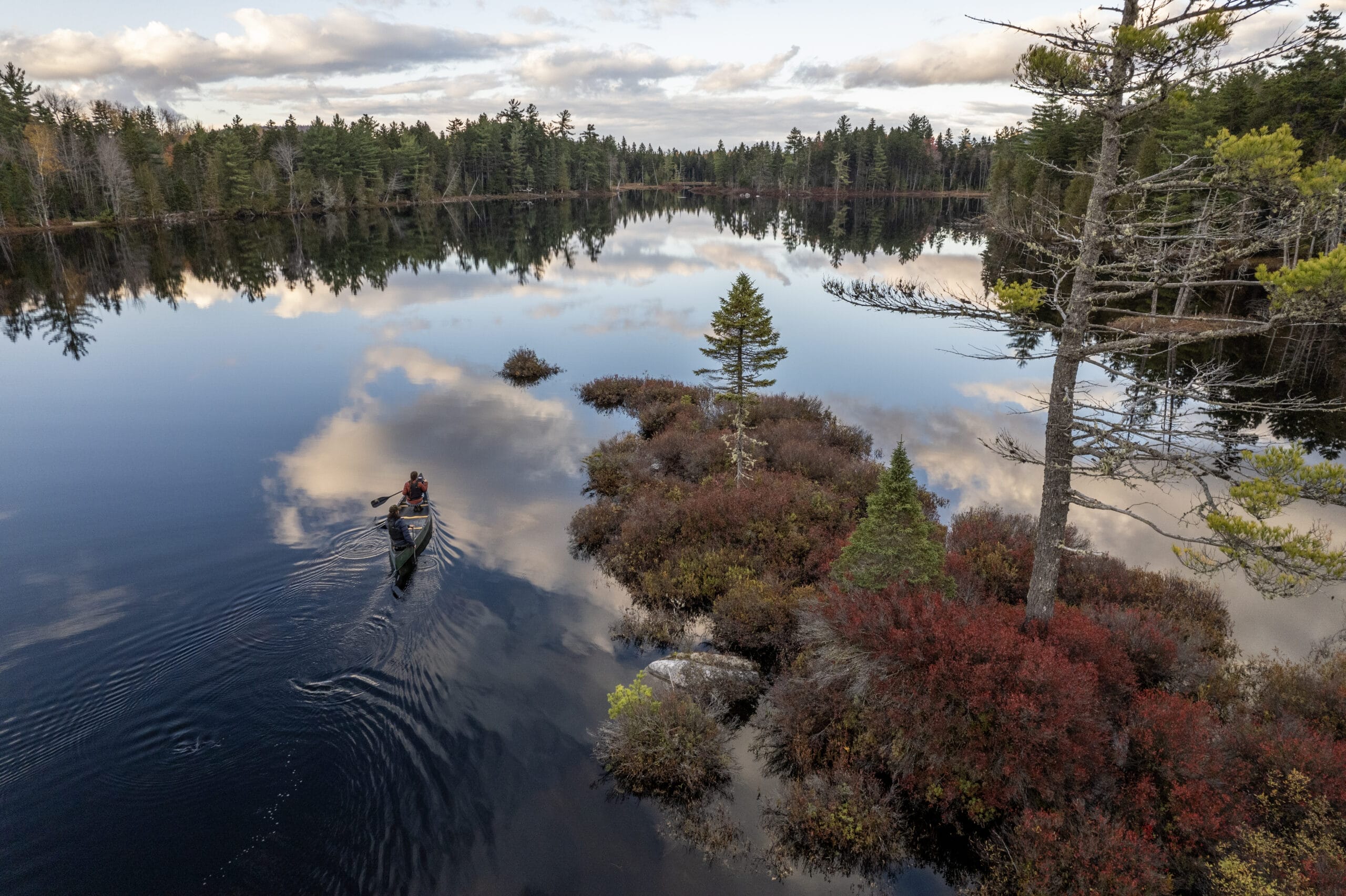
A New Era of Epidemics
A New Era of Epidemics
Cholera. Typhoid. Americans no longer contend with these public health menaces, but during the 19th century, they were a dire fact of life. You might credit modern medicine and antibiotics for eradicating these illnesses, but in fact, the true hero was public infrastructure: services like garbage disposal, sewage sanitation, and water treatment, which cleaned up the widespread filth that harbored germs and disease.
Today, as we battle a new set of epidemics—obesity and associated illnesses, depression, attention disorders, and infectious diseases exacerbated by climate change—experts are looking to public infrastructure for solutions once again. Dee Merriam, a community planner at the Centers for Disease Control (CDC), believes green infrastructure, including healthy park systems, might be one of our most powerful weapons in the fight against modern-day epidemics.
“Physical activity is a big part of the solution,” says Merriam, a planner for the Healthy Community Design Initiative in the CDC’s National Center for Environmental Health. “Parks are places for people to be physically and mentally healthy, destinations for walking, biking and exercise, and social places where people can meet neighbors. When well-planned, parks can can also manage water quality, protect vulnerable lands from flooding, and mitigate heat islands.”
Let’s Get Physical…and Mental
There is no silver bullet for avoiding disease, but certain risk factors do make us more susceptible. One of the most serious—and widespread—is inactivity. A 2010 CDC report found that over 25 percent of adults participated in zero leisure time activity, and that 83 percent of high school students did not meet recommended physical activity levels.
Access to parks can help. The Rand Institute found that people living within a half-mile of a park participate in 38 percent more exercise sessions per week than people who live further away from parkland. And according to a study by the Robert Wood Johnson Foundation, the number of adolescents who got no physical activity decreased by half with access to a safe park.
The CDC recommends kids get at least 60 minutes of physical activity a day—a goal that’ near impossible to achieve without a safe place to play. First and foremost, parks need to be present and accessible. Many kids, especially those living in cities, lack backyards and nearby green space. For example, one out of four California adolescents do not have access to a safe park, playground, or open space.
“Obesity is a multi-faceted problem, but inactivity is a risk factor independent of obesity,” says Merriam. “Parks can offer opportunities for physical activity and provide accessible outdoor recreation that doesn’t require an organized car trip. Access is critically important to increasing physical activity levels.”
Merriam adds that green space is important for mental health as well, noting that studies show a correlation between time spent in nature and stress reduction and that physical activity can help reduce depression. As the data suggests, a good mood may be only a walk, hike, or bike ride away.
A Synergistic Solution
Through her work with the Healthy Community Design Initiative, Merriam is educating communities on the myriad values of green infrastructure. Walkable neighborhoods with robust park systems, tree-lined streets, and greenways can have far-reaching effects and benefits.
For example, green infrastructure can help curb climbing temperatures. In cities where asphalt and buildings have replaced open land and vegetation, surfaces that were once permeable and moist become impermeable and dry, creating “heat islands” that send temperatures soaring. But re-greening efforts—like transforming schoolyards into grassy parks and planting trees—can reverse that trend.
Parks designed with green elements, like those we are building in New York City and Philadelphia, work double duty by incorporating rain-capture elements and permeable pavement into their design. In addition to providing a green place for recreation and reflection, these “smart parks” turn former heat islands into environmental assets that curb water pollution and help cities manage stormwater runoff.
“We are facing a new era of epidemics, but there are environmental steps we can take to minimize them,” says Merriam. “The synergy of green infrastructure is powerful.”
Despite the importance and popularity of our forests, they face unprecedented threats. Take action now and urge Congress to protect our country’s forests by signing our petition today!


Donate to become a member, and you’ll receive a subscription to Land&People magazine, our biannual publication featuring exclusive, inspiring stories about our work connecting everyone to the outdoors.
See how our supporters are helping us connect people to the outdoors across the country.











